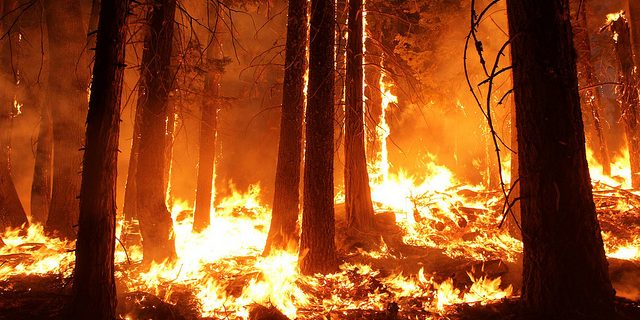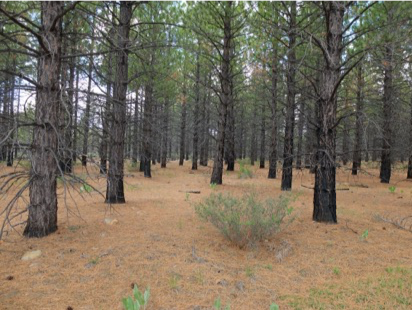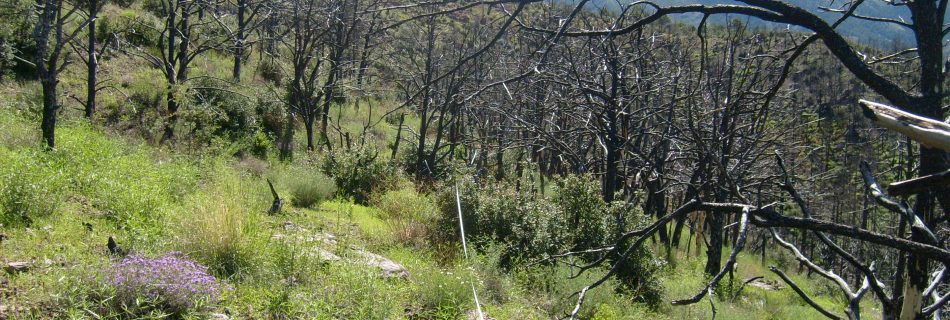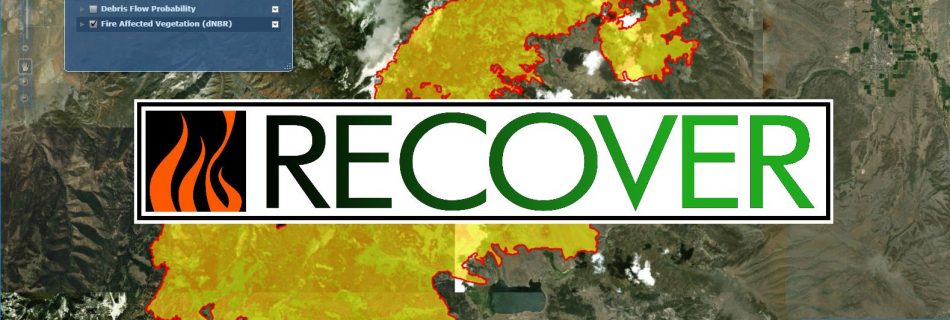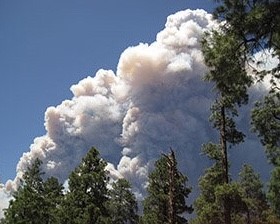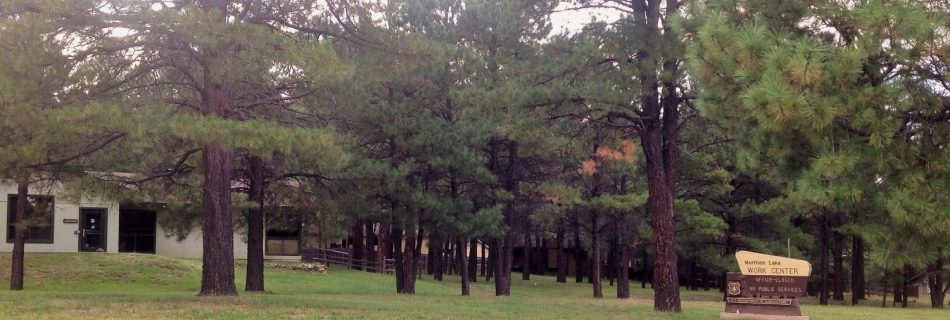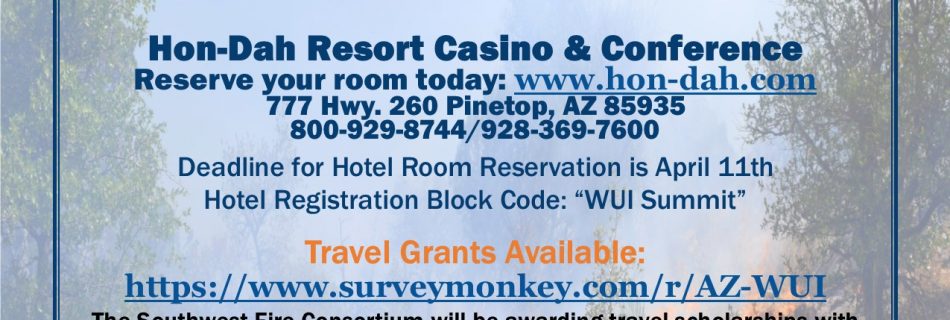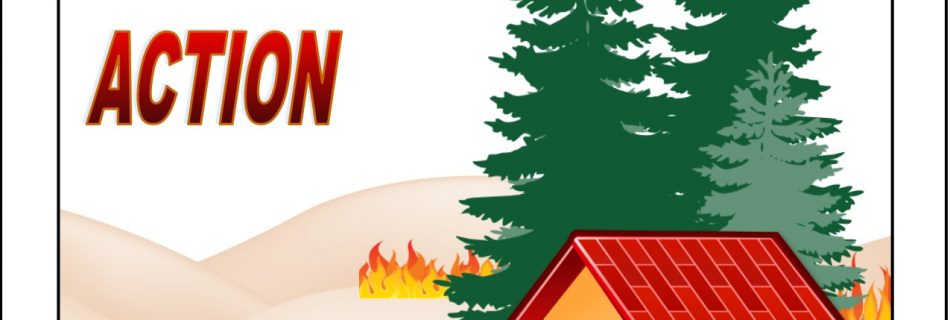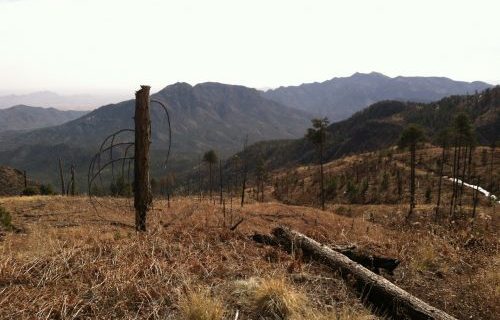May 22, 2019: Do trends in climate influence the increase in high-severity wildfire in the southwestern US from 1984 to 2015?
Presenter: Stephanie Mueller, Northern Arizona University Date: May 22, 2019 12pm Mountain Daylight Time (11am AZ time) Over the last 30 years, in woodland and forested ecosystems across the southwestern US, there has been an increasing trend in fire activity. Altered land use practices and more recent changes in precipitation patterns and warmer temperatures are …

